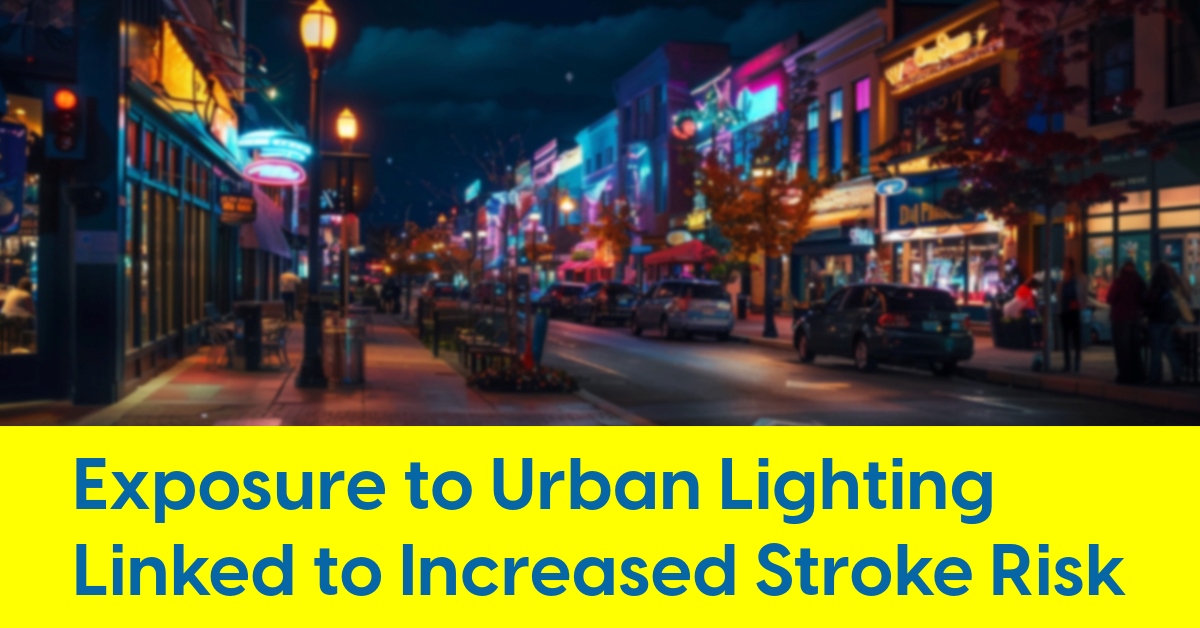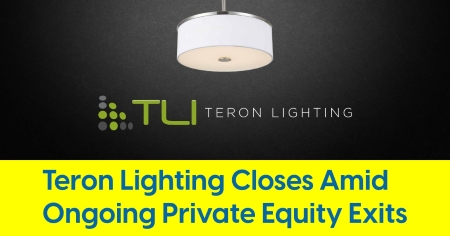March 28, 2024
Exposure to Urban Lighting Linked to Increased Stroke Risk

American Heart Association reports exposure to outdoor artificial light at night may be a risk factor for cerebrovascular disease
A neighborhood embarked on an initiative to reduce nighttime light exposure. Streetlights were dimmed after midnight, and businesses were encouraged to turn off their facade lighting. Over time, residents reported a noticeable improvement in their sleep quality, and the community became a case study in how urban environments might adapt to mitigate potential health risks identified by scientific research, such as the increased risk of stroke associated with excessive exposure to artificial nighttime light.
A study recently published by the American Heart Association in the journal Stroke has revealed a potential link between exposure to artificial, bright, outdoor nighttime light and an increased risk of stroke, adding a new dimension to our understanding of environmental factors that may affect brain health. This research, conducted in Ningbo, China, sheds light on the lesser-known hazards of light pollution, particularly in urban settings.
The study, involving 28,302 adults, utilized satellite imagery to quantify exposure to artificial outdoor light during nighttime hours. Over a follow-up period of six years, the researchers observed 1,278 cases of cerebrovascular disease among participants, including ischemic and hemorrhagic strokes.
Findings indicated that those with the highest exposure to outdoor nighttime light had a 43% higher risk of developing cerebrovascular diseases compared to individuals with minimal light exposure.
Pollution, Health and Implications for Urban Living
In addition to light exposure, the study also examined the impact of air pollutants, such as particulate matter (PM2.5 and PM10) and nitrogen oxide, on cerebrovascular health. The results showed significant associations between high levels of these pollutants and increased risks of cerebrovascular diseases, underscoring the multifaceted nature of environmental health risks.
The research highlights the complexities of urban environments, where artificial lighting and air pollution are prevalent. Jian-Bing Wang, Ph.D., one of the study's corresponding authors, emphasized the importance of considering environmental factors in conjunction with traditional cardiovascular risk factors. “Our study suggests that higher levels of exposure to outdoor artificial light at night may be a risk factor for cerebrovascular disease,” Wang said. “Therefore, we advise people, especially those living in urban areas, to consider reducing that exposure to protect themselves from its potential harmful impact.”
This study not only brings to light the potential risks associated with artificial outdoor nighttime lighting but also calls for more effective policies and prevention strategies to combat the health implications of environmental pollutants. As the global population continues to urbanize, the findings highlight the urgency of addressing environmental factors in public health efforts.










